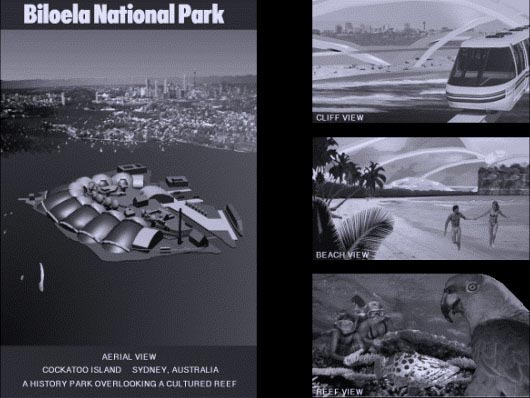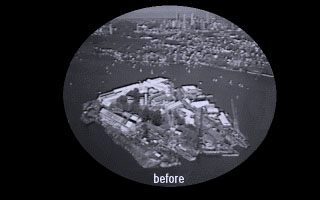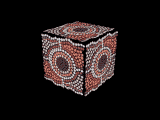



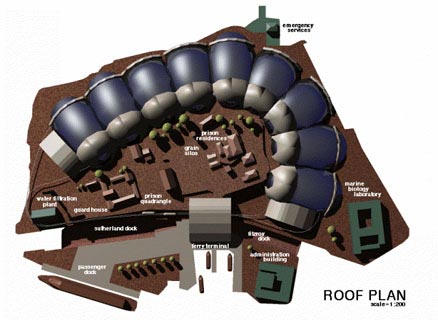

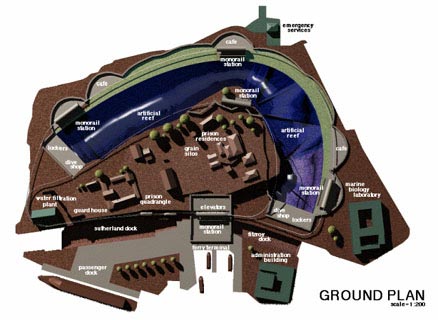
Cockatoo Island is the largest of eight islands in Sydney harbor. It is approximately 16 hectares (14 acres) in area. The surrounding land is used for residential and industrial purposes, but Cockatoo Island itself is closed to public access due to dangerous industrial conditions. Used as a shipyard over the years, toxic pollutants have reached life-threatening levels.
The island is divided topographically into two sections. The higher central area rises up to 25 meters (81 feet) above sea level. Convict prison facilities dating to the colonial era are found on the higher, central area. The lower part of the island has mostly been leveled and developed for dockyard purposes.
Cockatoo Island was used as a prison from 1838 to 1909, and gained a poor reputation as a cruel and brutal place. In 1871 the island was renamed Biloela, an Aboriginal word for cuckatoo. In 1857, the first of the dry docks, Fitzroy Dock, was built by convicts. Sutherland Dock was constructed by paid laborers in 1890 and was for decades the world's largest dry dock. Shipbuilding activity peaked on the island during World War II, continuing into the 1980's. Cockatoo Island was decommissioned as a dockyard in 1991, with the Australian government seeking to sell the island to private interests. The design competition sponsored by the Landscape and Architecture Department of the University of New South Wales in 1995 sought ideas for the future of Cockatoo Island.
One of ninety competition entries, the design depicted on this page proposes Cockatoo Island as a day-trip by ferry from Sydney. Existing dock facilities service the ferries with a new terminal connection with two monorail lines. One monorail line services a convict, historical park located on the high, central plateau. The second monorail services the lower level of the island which has been excavated to form a salt water lagoon for the cultivation of a coral reef. The reef is covered with glass domes to control the air and water temperature throughout the year.
